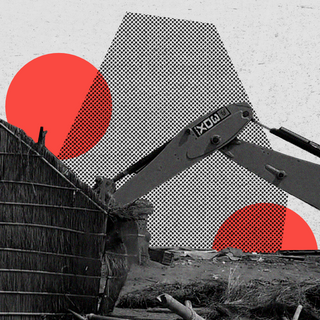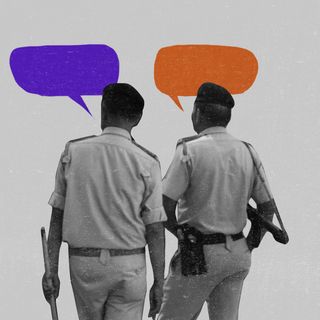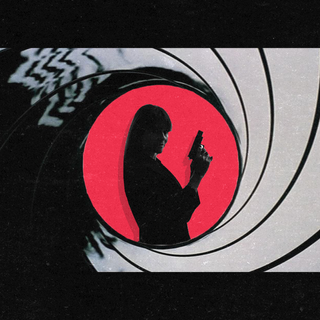A picture is worth a thousand words. The aphorism may not be accurate for a Class 8 supplementary textbook image — it is only one word that strikes out in its communal tonality. The Telangana chapter of the Students Islamic Organisation of India (S.I.O.), along with others, has urged the government to remove the content and take action against the private publishers.
In this case, a picture of a man holding a rocket launcher in his right hand and the Quran in his left is captioned “terrorist” in a Social Studies class 8 study material. The picture is published in the “national movement – the last phase 1919-1947” chapter, under the theme of political systems and governance.
“It is creating and propagating stereotypical, hateful and Islamophobic view towards the Muslim community… It is discriminatory and hateful content, which destroys the harmony, unity, and integrity of the society,” Dr. Talha Faiyazuddin, president of S.I.O. Telangana, told The News Minute.
This is not the first time the system has used education as a vehicle for extreme messaging. In March this year, an M.B.B.S. textbook “Essentials of Medical Microbiology” linked the first Covid19 wave to the Tablighi Jamaat gathering in March 2020, before India went into lockdown. It said the Jamaat cluster was a “causative factor” behind the virus spread — a claim that the authors later apologized for.
The textbook content is anything but innocuous. The chapter, along with other similar depictions, stereotypes a particular community and stirs communal sentiments against them. Two, terming this process as “education” “for school students is indoctrination at a basic level, jeopardizing the fundamental beliefs and secular values people grow up with.
Related on The Swaddle:
“Sulli Deals’’Exposed the Common Roots of Misogyny and Islamophobia
Education is a fertile ground for propagating any message and reflecting political ideologies that “serve narrow political aims.” Earlier this year, a Chennai school referred to the farmers protesting the new agriculture laws as “violent maniacs who act under external instigation” in a question paper. The question referred to the violence on Republic Day, asking students to write a letter to the editor to condemn the “terrible, violent acts of miscreants who fail to realize that country comes before personal needs and gains.” Phrases like “diabolical violence” and “rampage” encouraged students to think of the farmers in a radicalized way.
In 2018, historians and experts expressed concern about the rewriting of school textbooks in Rajasthan to reflect a “distorted” nationalistic view. For instance, the class 8 Hindi textbook chapter on “Village Development with Cow Protection,” or the Class 6 social science textbook claimed: “the initial nature of the caste system was very good…There was no bar on sharing food or drink marital relations between the castes, nor was there untouchability.” The assertion effectively whitewashes the history of casteism without critiquing it. It even co-opts the system to call tribal people “Adivasi jaati.”
Additions and modifications to textbooks are as concerning as deletions. “The Oversight Committee has always shown prejudice against the representation of Dalits, tribals, women and sexual minorities as evident in its concerted efforts to remove all such voices from the syllabus,” members of an academic committee noted, referring to the removal of Dalit authors from Delhi University curriculum.
These incidents raise important questions about the thin line between knowledge and propaganda. Context determines what’s happening in the country and who has the power to shape the narrative.
In “Politicization of Curriculum in South Asia,” Professor Ashar Khohar explores the role of politicized textbook content in making individuals more intolerant. “This way, political motives convert students’ textbooks into platforms for ideological conflict while compromising learning outcomes,” The Bastion noted. Then, the onus may fall on students to view this with more scrutiny and be more adept at identifying biases instead of taking textbooks as the gospel truth. “This way, students may realize that textbooks might not always represent matters objectively.”
The flaws and claims of literature, and the misinformation, get cemented as truth. The result? A world where it is dangerously easy to mix fact and fiction, making myth and propaganda into veritable history.
Some contents of a school Study Material [8 th class ,Social Studies – Real life beyond Textbook ] it is clearly discriminating a person holding a "Gun" in his right hand along with The "Holy-Quran" in his left hand & at the bottom describing him as "Terrorist" 1/2 @kparveen2005 pic.twitter.com/4LMSA2egr5




